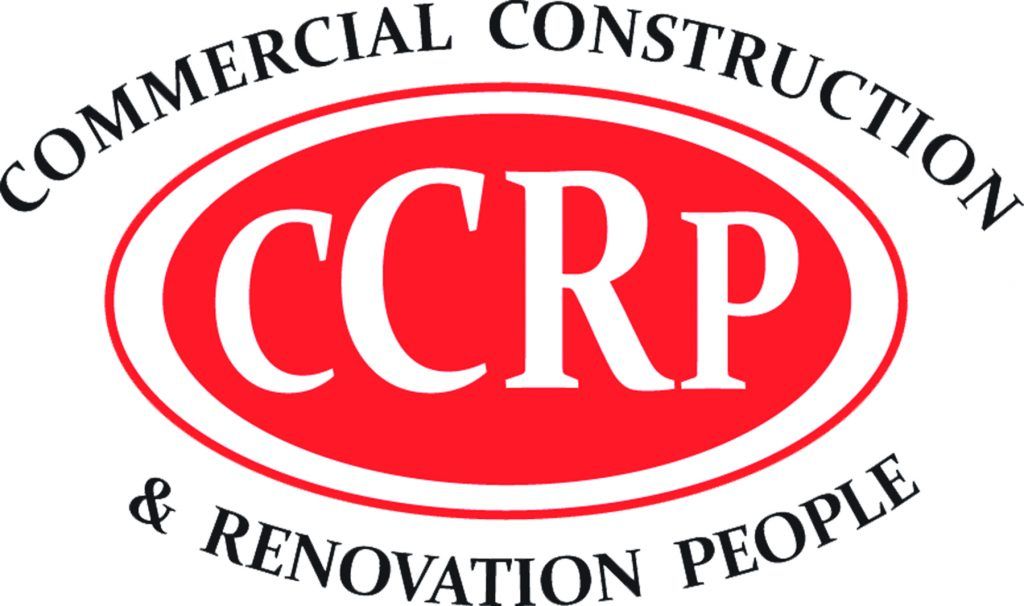Key Highlights
- Architects play a crucial role in designing community living projects that prioritize both environmental and social sustainability.
- Sustainable design in these projects includes focusing on energy efficiency, renewable energy, water conservation, and green building materials.
- Architects need to consider the local climate, utilize passive design strategies, and incorporate green spaces to minimize the environmental impact.
- It’s essential to design for resilience and adaptability to address the impacts of climate change and future uncertainties.
- Architects should actively engage with the community throughout the design process to ensure the project reflects their needs and aspirations.
Community living projects (CLPs) create special chances for people to live in ways that are good for the environment, as supported by initiatives like the NDIS. These projects focus on using shared resources and spaces, which helps build a feeling of togetherness and shared duty. By including sustainability ideas from the beginning, architects can create CLPs that care for the earth, support fair social practices, and are also financially smart.
The Architect’s Role in Designing Sustainable Community Living Projects
Architects have a special role in shaping the design of CLPs for a more sustainable future. They know how to include green building ideas, energy-saving technology, and eco-friendly materials in every project. By learning about the needs of the community and looking at the environment, architects can build lively and strong living spaces that are kind to our planet.
1. Assessing the Environmental Impact
The first step to sustainable design is to know how the project may affect the environment. Architects need to carry out detailed checks of the site. They should look at things like the direction of the sun, wind patterns, and local climate. This review helps choose the best way to position the building. It also helps increase natural air flow and lessen the need for heating and cooling systems. This approach can lower energy use and reduce the impact on the environment.
2. Incorporating Renewable Energy Sources
Moving to energy independence is important for sustainable CLPs. Architects can use renewable energy sources such as solar panels, wind turbines, or geothermal systems. This helps reduce the use of fossil fuels. These energy systems can help cut down a lot of the project’s energy use. This lowers costs and helps make the environment cleaner.
3. Designing with Passive Solar Strategies
Passive solar design is very important for making buildings that use less energy. Architects can make the most of solar heat in the winter and reduce it in the summer. This means they carefully place windows, use shading devices, and choose materials that help keep heat. By using the sun’s energy, passive solar design can cut down on the need for heating and cooling. This leads to saving energy over time.
4. Utilizing Green Building Materials
Choosing eco-friendly and strong materials is very important to help reduce the project’s impact on the environment. Architects can select materials that are recycled, reclaimed, or sourced from nearby places which use less energy to create. Examples include bamboo floors, recycled plastic decks, and wood from sustainable sources. Using these types of materials can cut down the harm done to the environment by making and transporting them.
5. Promoting Water Conservation
Integrating water-saving fixtures and appliances is very important in sustainable community living projects (CLPs). Architects should focus on using low-flow showerheads, dual-flush toilets, and plants that need less water to cut down on water use. Adding rainwater harvesting systems for watering plants and greywater recycling systems for other uses can help save this valuable resource even more.
6. Prioritizing Energy Efficiency
It is very important to focus on energy efficiency, not just renewable energy. We should choose energy-saving appliances, LED lights, and smart building systems that save energy based on how many people are inside. Architects need to do energy modeling when they design buildings. This helps them find and use the best ways to save energy.
7. Facilitating Sustainable Transportation
Encouraging green transport choices is very important in sustainable community plans. Architects can add electric vehicle charging stations. They can also focus on making it easier for people to walk or bike. It is vital to connect people to public transport too. These actions help reduce the use of private cars. They also support healthier and more eco-friendly ways to travel.
8. Creating Green Spaces and Urban Gardens
Integrating green spaces within CLPs offers many environmental and social benefits. These areas can be made to help lower heat in cities, clean the air, and create homes for local animals. Adding edible gardens to these green spaces invites community participation, supports healthy eating, and lowers the community’s carbon footprint.
9. Fostering Social Sustainability
Sustainable CLPs focus on more than just the environment. They aim to create lively and fair communities. Architects should plan shared spaces that encourage people to interact and feel welcome. They need to prioritize universal design. This makes sure that everyone, regardless of age or ability, can access these spaces. It helps to promote inclusivity and builds a strong sense of community.
10. Designing for Resilience and Adaptability
Given the effects of climate change, it is important to design buildings to be strong and flexible. Architects need to think about what future weather might look like, taking into consideration more frequent and severe storms, extreme heat, and the possibility of flooding. Designing with durability in mind might mean choosing materials that resist water damage or incorporating features like natural cooling.
For instance, installing systems like patio blinds Brisbane can help manage heat and reduce energy costs, providing shade and enhancing comfort in outdoor spaces. Additionally, water management solutions, such as rainwater harvesting and permeable surfaces, can mitigate the effects of heavy rain and floods.
Conclusion
In conclusion, sustainable community living projects need a complete approach. This means taking care of the environment, society, and the economy. Architects have an important role in this. They should use renewable energy, and eco-friendly materials, and help save water. By designing spaces that can adapt and withstand changes, architects can support social sustainability and lessen harm to the environment. Getting the community involved is vital for these projects. It helps meet the needs of residents while cutting down on resource use. Together, we can create a future where community living is not just a choice but a normal way of life.
Frequently Asked Questions
What are the key elements of sustainable community living?
Sustainable community living focuses on important parts like getting people involved, saving resources, using energy wisely, and building strength in environmental and social areas. It means using ways that are good for the earth while working together with others in the community.
How can architects contribute to sustainability?
Architects play a key role in supporting sustainability. They use design principles that focus on saving energy. They choose green materials and work to reduce the impact of buildings on the environment, as well as urban areas.
What is the importance of community involvement in these projects?
Community involvement is very important for making successful community living projects that last. It helps ensure that the projects fit the real needs of the community. It also supports social sustainability. Plus, it creates a feeling of shared ownership and responsibility among the people.

























